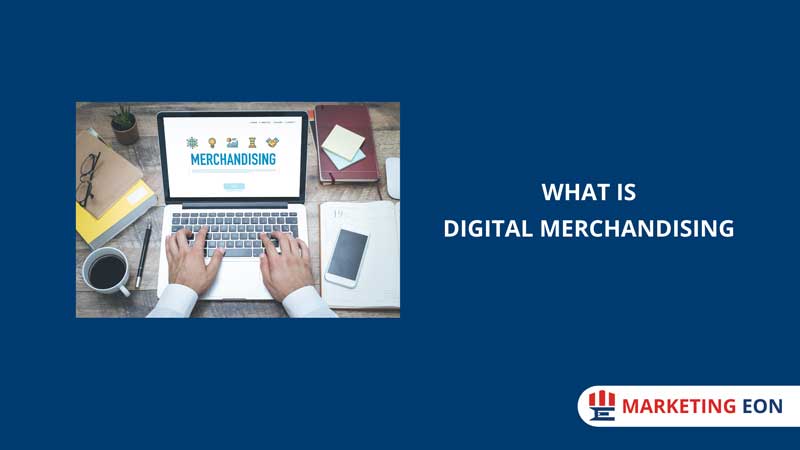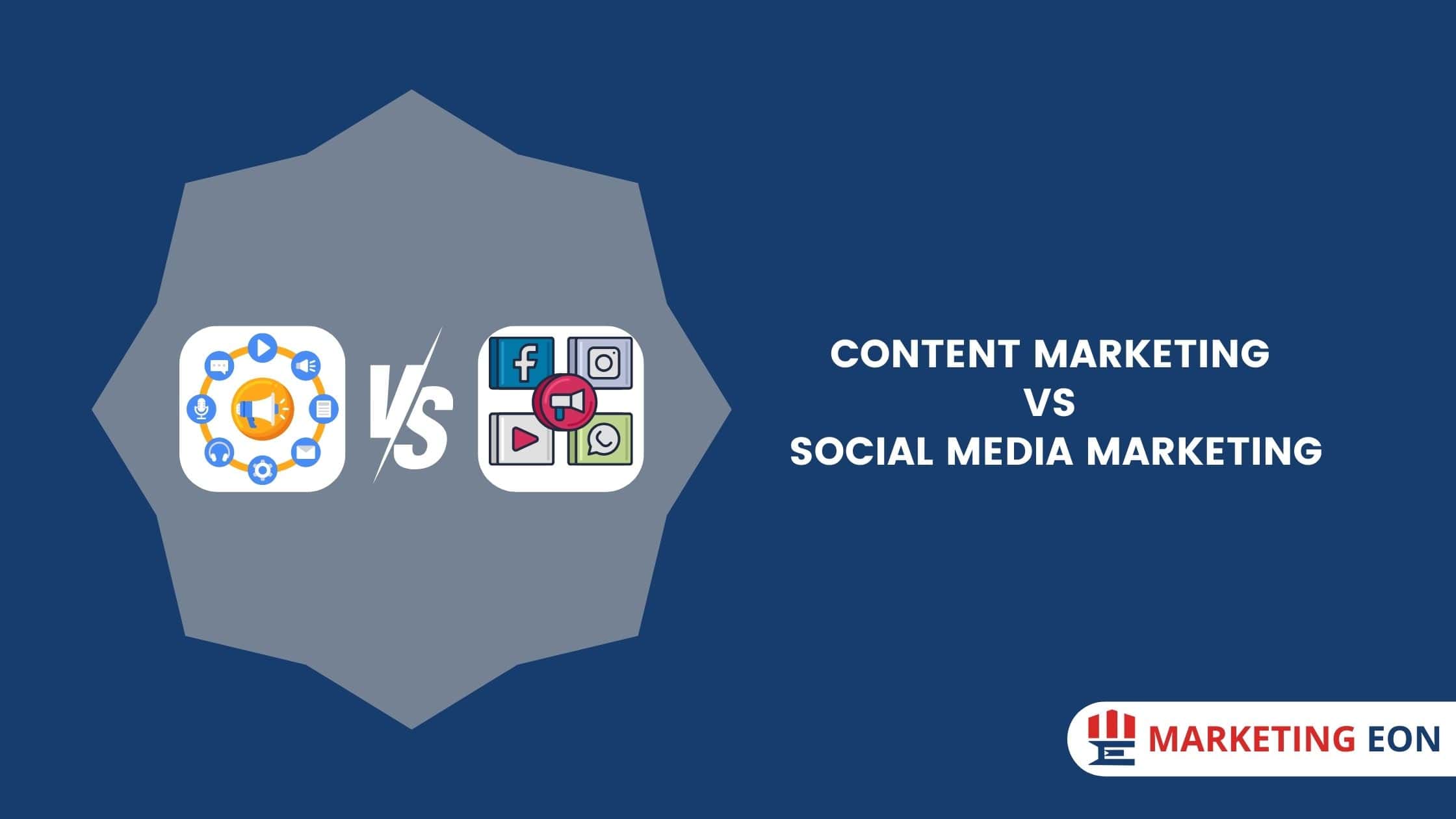Digital merchandising has recently drawn the attention of many people in the retail industry. As everything shifts towards digitalization, consumer shops have undergone a significant transformation.
Businesses are constantly trying to multiply their target audiences by adopting innovative ways with the blessings of e-commerce platforms and online marketplaces. Digital merchandising is one of the most effective ways to get the desired outcome from online stores. In this article, we will explain all the essential aspects of digital merchandising with explanation.
What is Digital Merchandising?
Digital merchandising is the promotional strategy of showing products online to attract audiences and boost sales. This process includes carefully arranging the online store, putting products in the right places, and using different digital tools and ways to get people interested and turn them into customers.
Differences between Traditional and Digital Product Merchandising
Traditional and digital product merchandising aims to promote and sell products, but they differ significantly in their approach, tools, and audience engagement. We have listed down a few key differences between them.
Traditional Product Merchandising
1. Physical Presence: Traditional merchandising involves showcasing products in physical retail stores, often through visual displays, shelf arrangements, and in-store signage.
2. Limited Reach: Physical stores have a limited geographical reach, and their accessibility is constrained by location and operating hours.
3. Tangible Interaction: Customers can physically interact with products, touch them, and try them out before making a purchase decision.
4. Human Interaction: Traditional merchandising often involves face-to-face interaction between customers and sales representatives, allowing for personalized assistance and recommendations.
5. Printed Collateral: Merchandising materials such as flyers, brochures, and catalogues are commonly used to provide product information and promotions.
Digital Merchandising
1. Online Presence: Digital merchandising occurs on digital platforms such as e-commerce websites, social media, and mobile apps, allowing for a global reach and 24/7 accessibility.
2. Virtual Interaction: Customers interact with products virtually through product images, videos, and descriptions without the ability to physically touch or try them.
3. Data-Driven Personalization: Digital merchandising utilizes data analysis and machine learning algorithms to provide individualized suggestions for products and customized shopping experiences, all tailored to match the behaviors and preferences of users.
4. Multimedia Content: Digital merchandising utilizes multimedia content such as videos, animations, and interactive elements to engage and educate customers about products.
5. Instant Transactions: Customers can purchase with just a few clicks without needing in-person interaction or physical payment methods.
6. Real-Time Feedback: Digital merchandising allows real-time tracking of customer interactions and purchase behaviour, providing valuable insights for optimization and improvement.
The Importance of Digital Merchandising at Present Time
1. Enhanced Customer Experience: Competent digital merchandising contributes to a smooth and pleasurable customer shopping journey. By presenting products in an appealing and user-friendly manner, businesses can efficiently direct visitors around their online store, simplifying the process of finding desired items.
2. Increased Conversion Rates: Well-executed digital merchandising strategies can lead to higher conversion rates. By highlighting featured products, offering personalized recommendations, and implementing persuasive calls to action, businesses can encourage visitors to purchase.
3. Brand Visibility and Recognition: Digital merchandising is crucial in building brand visibility and recognition in the crowded online marketplace. Persistent branding, product visuals, and content can enable businesses to differentiate themselves from rivals and make a memorable impact on customers.
4. Data-Driven Insights: Through digital merchandising, businesses can collect data and learn more about customer behavior, preferences, and trends. By examining metrics like click-through rates, conversion rates, and average order value, businesses can enhance their merchandising strategies and improve the performance of their online storefront.

How to Do Digital Merchandising Properly
1. Understand Your Target Customers: You must know your target audiences well to the extent that you have proper insights into them, such as their demographics, preferences, and shopping habits. This information will help you tailor your digital merchandising efforts to resonate with your target market effectively.
2. Optimize Product Presentation: You need to be more careful regarding the presentation of your product by investing in high-quality product imagery and compelling descriptions. You also need to showcase your products in the best possible light. Besides that, you must use straightforward language to highlight key features and benefits to the potential customers.
3. Implement Personalization: Personalization is a great way to attract your target customers to purchase your products. You need to utilize data analytics and algorithms to develop the best personalised shopping experiences for your customers if you offer personalized product recommendations based on browsing behaviour, preferences and past purchase history, that will increase the chance of making customers more interested in purchasing.
4. Utilize Visual Merchandising Techniques: You can apply visual merchandising principles to your online storefront to create visually appealing product displays. Use colour coordination, product grouping, and seasonal themes to capture attention and stimulate interest.
5. Monitor and feedback: As a digital marketer, you should regularly monitor the performance of your digital merchandising efforts and gather customer feedback. A/B testing is a very effective way to experiment with customer preferences. After doing that, you may refine your strategy based on your findings from the experiments.
Examples of Effective Digital Merchandising
Amazon: Amazon uses advanced algorithms to personalize product suggestions for every user depending on their browsing and purchasing history, which helps boost sales and improve the shopping experience.
Nike: Nike’s online store features immersive product displays, interactive content, and personalized product recommendations, creating a seamless and engaging shopping experience for customers.
Sephora: Sephora utilizes user-generated content, such as customer reviews and ratings, to enhance product credibility and drive conversions. The online store also offers virtual try-on tools and personalized beauty recommendations to help customers find the perfect products.
Conclusion
Digital merchandising is a powerful strategy for driving sales and enhancing the online shopping experience. By understanding your target audience, optimizing product presentation, and leveraging personalization techniques, you can create a compelling online storefront that attracts and converts customers effectively.
You may also read: What is PPC Intelligence






